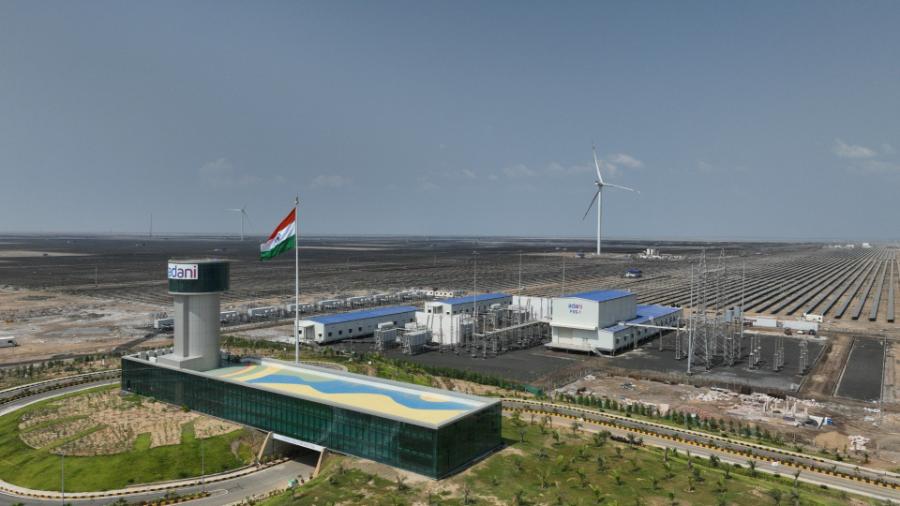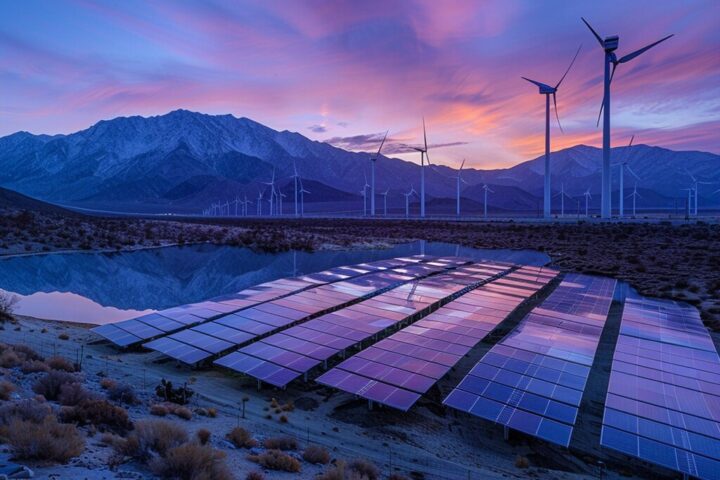Adani Green Energy Ltd delivered strong financial and operational performance in Q1 FY26, with profits climbing 31% year-on-year to ₹824 crore and a massive 45% expansion in renewable capacity. The company’s stock responded positively, rising 2.9% to ₹1,004.55 following the results announcement.
Revenue for the quarter hit ₹3,312 crore, up 31% from the same period last year, while EBITDA also grew 31% to reach ₹3,108 crore. Cash profit showed a healthy 25% improvement to ₹1,744 crore.
“Our consistent performance reflects our commitment to India’s clean energy transition,” said CEO Ashish Khanna. “The record 4.9 GW capacity addition in the past 12 months puts us firmly on track toward our 50 GW target by 2030.”
The renewable giant now operates 15.8 GW of green capacity after adding 1.6 GW of greenfield projects in Q1 alone. This expansion fueled a 42% jump in energy sales to 10,479 million units compared to last year.
What many analysts missed in their initial coverage was the plant efficiency metrics. The solar portfolio maintained a CUF of 28.0% with 99.3% plant availability, while the wind portfolio reported a CUF of 42.3% with 95.5% availability. These efficiency metrics have contributed significantly to the company’s profitability.
AGEL has consistently generated electricity exceeding the overall annual commitment under the power purchase agreements (PPA). In Q1 FY26, AGEL’s PPA-based electricity generation was 31% of the annual commitment.
On the financial front, the company has set ambitious capex plans, targeting 5 GW of fresh capacity additions in FY26 with an allocated budget of approximately ₹31,000 crore. This expansion is backed by a five-year power generation CAGR of 45% achieved between FY21-25, demonstrating consistent execution capabilities.
Beyond conventional solar and wind, Adani Green is making significant strides in energy storage solutions. The company has firm plans to add over 5 GW of hydro pumped storage capacity by 2030, addressing one of the key challenges facing renewable energy – intermittency.
India’s renewable energy targets provide substantial tailwinds for companies like Adani Green. The country aims to achieve 500 GW of non-fossil capacity by 2030, creating significant growth opportunities for renewable energy providers.
The company’s robust quarterly performance, combined with its aggressive capacity addition plans and diversification into solar-wind hybrid systems and pumped hydro storage, positions it strongly within India’s rapidly expanding renewable energy market. With a clear execution roadmap toward its 50 GW target and consistent historical growth, Adani Green continues to be a major player in global clean energy investment landscape.



















